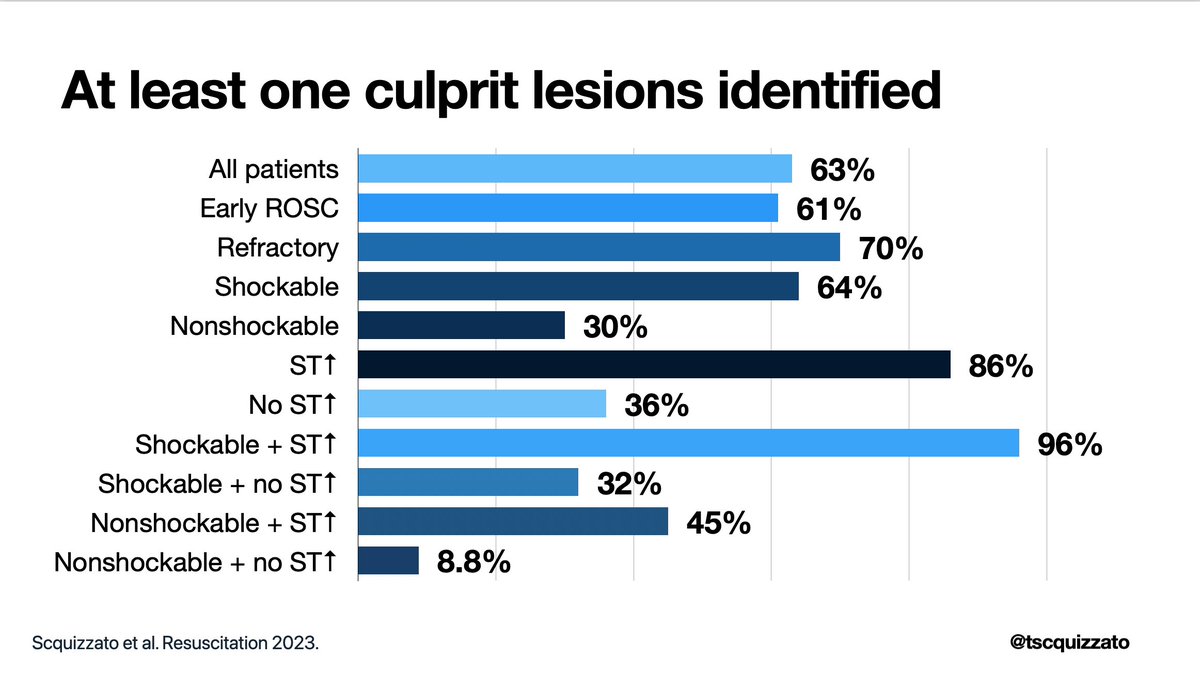THREAD and my infographic of the #TTM2 trial
#OHCA patients were randomised to #TTM at 33°C or normothermia (<37.8°C) with early fever treatment.
➡️ Mortality and poor neuro outcome at 6 months were not lower in the hypothermia group.
🔗 nejm.org/doi/full/10.10… #FOAMcc
#OHCA patients were randomised to #TTM at 33°C or normothermia (<37.8°C) with early fever treatment.
➡️ Mortality and poor neuro outcome at 6 months were not lower in the hypothermia group.
🔗 nejm.org/doi/full/10.10… #FOAMcc

Guidelines recommend selecting and maintaining a constant target #TTM between 32 and 36 °C in comatose post-cardiac arrest patients to prevent hypoxic-ischemic brain damage.
(strong recommendation, moderate-quality evidence). #FOAMcc
(strong recommendation, moderate-quality evidence). #FOAMcc

Two RCTs published in 2002 showed an improved survival and neurologic outcome in patients resuscitated from OHCA of presumed cardiac cause and shockable rhythm who underwent hypothermia at 33°C. #FOAMcc 

In 2019, @JBLascarrou and colleagues published the #HYPERIONtrial showing that 24h #TTM 33°C vs. targeted normothermia (37°C) improves 90-days neuro outcomes in patients with coma resuscitated from cardiac arrest with nonshockable rhythm. #FOAMcc
https://twitter.com/tscquizzato/status/1179366839740243976?lang=en
RCTs comparing the level of targeted temperature management (#TTM trial, 33°C or 36°C) and the duration of this management (24 hours or 48 hours) have not indicated a dose effect. #FOAMcc 

In the just published #TTM2 trial, there was no significant difference between hypothermia and normothermia with respect to death and poor functional outcome at 6 mo.
Article nejm.org/doi/full/10.10…
Editorial nejm.org/doi/full/10.10…
Congrats to @nielsen_niklas et al
#FOAMcc
Article nejm.org/doi/full/10.10…
Editorial nejm.org/doi/full/10.10…
Congrats to @nielsen_niklas et al
#FOAMcc

• • •
Missing some Tweet in this thread? You can try to
force a refresh




















